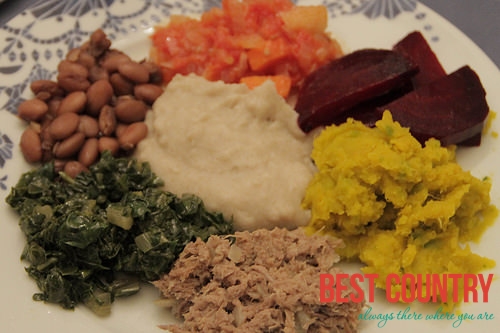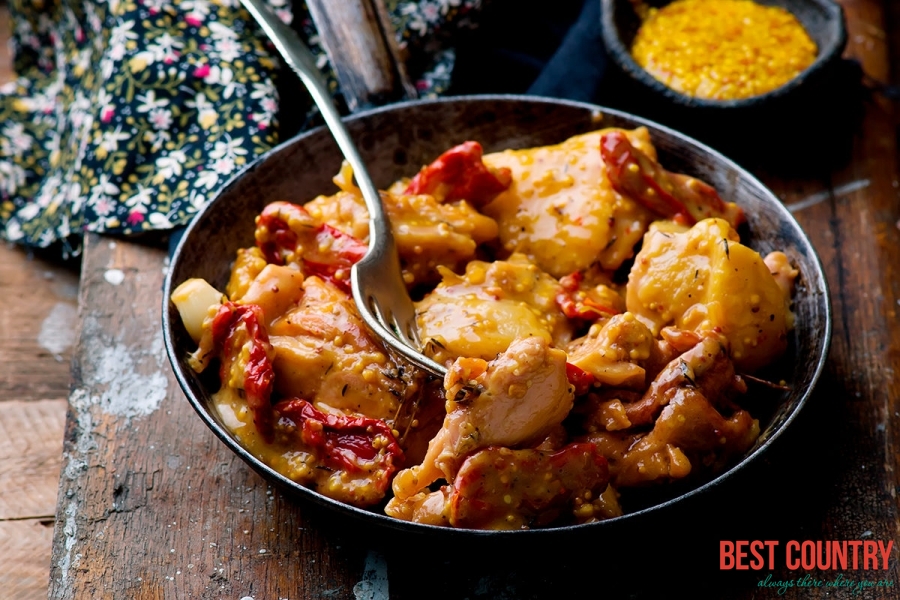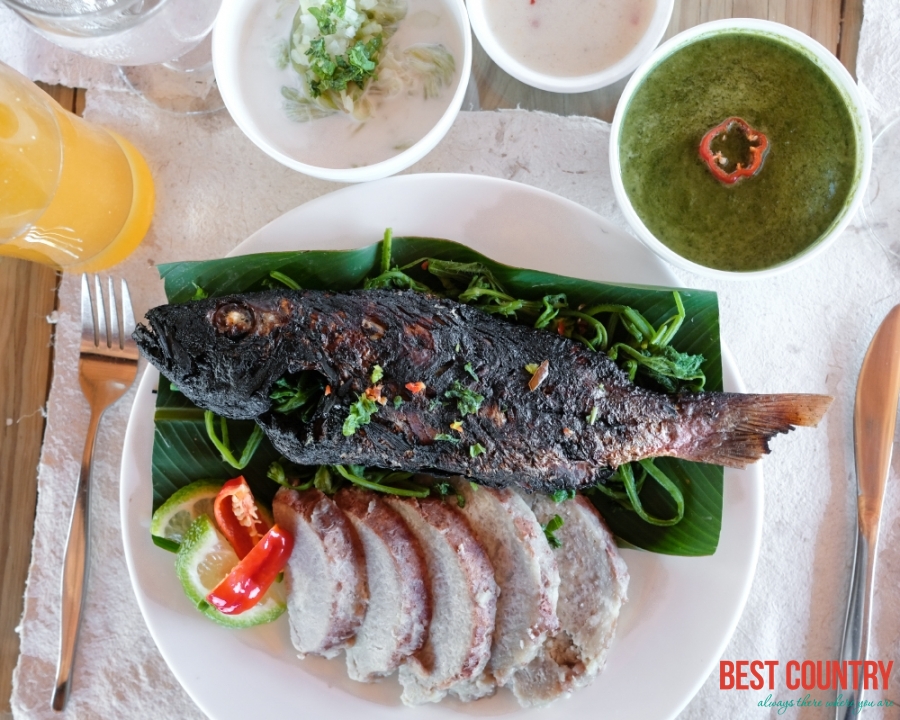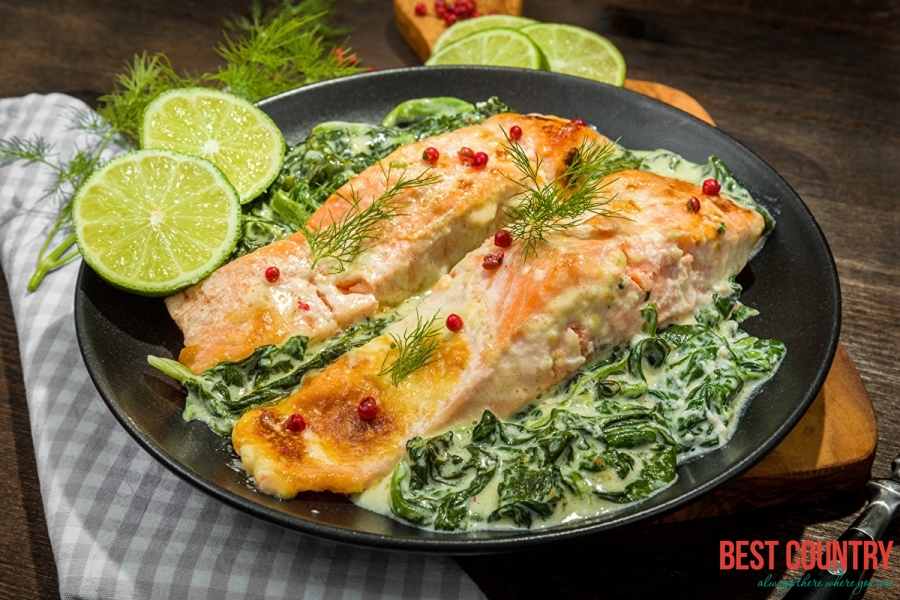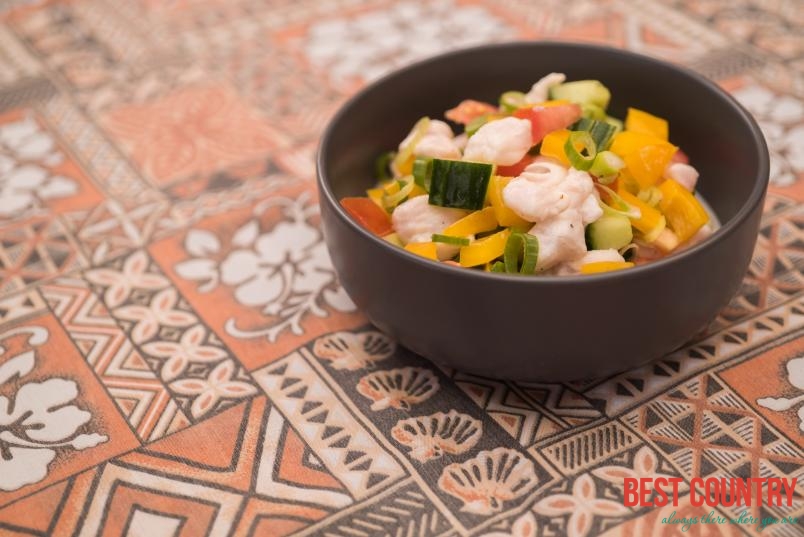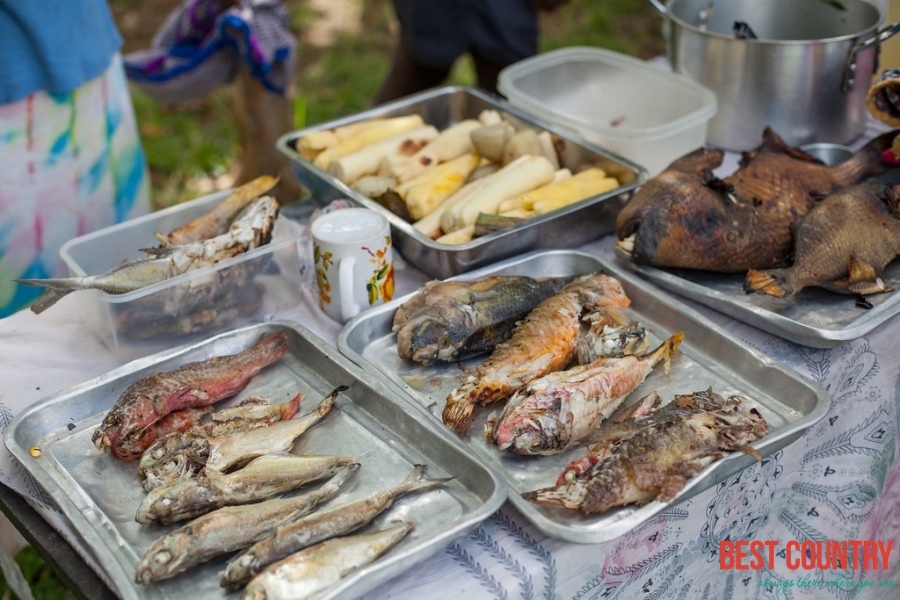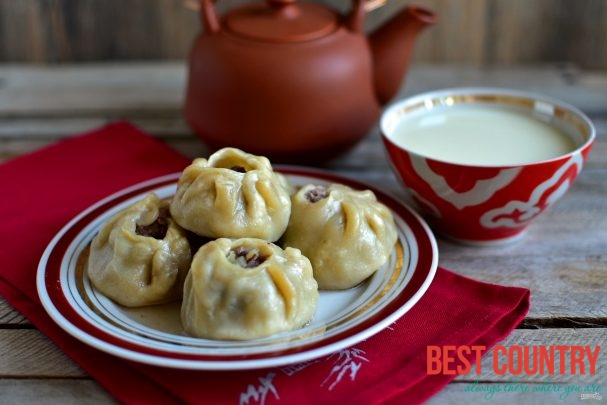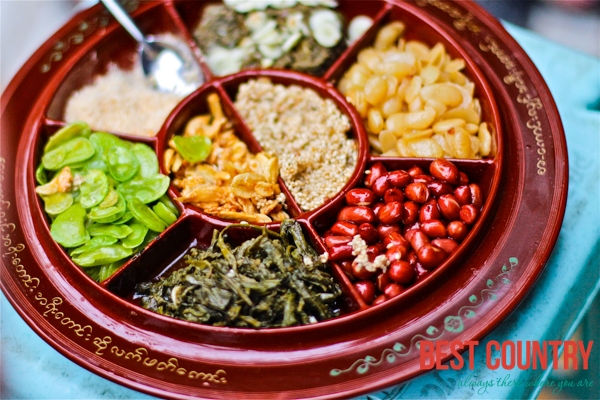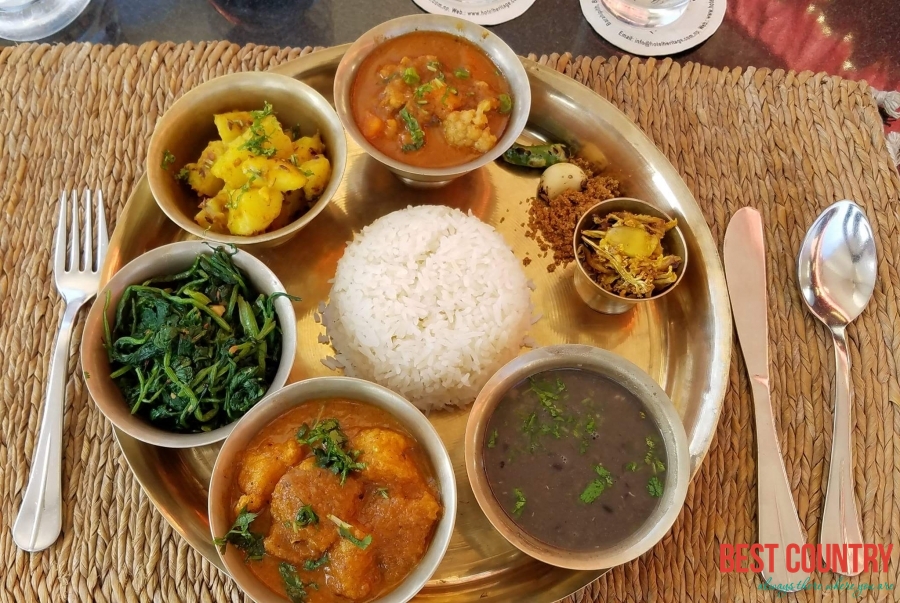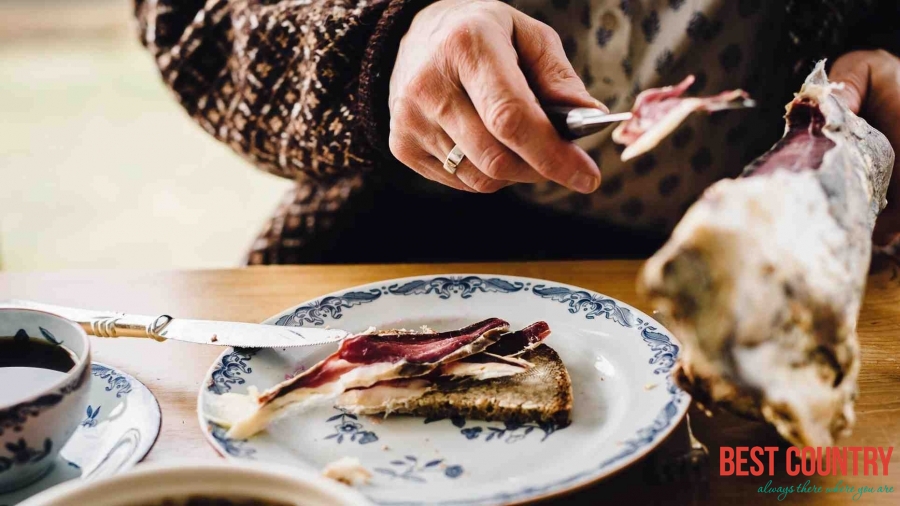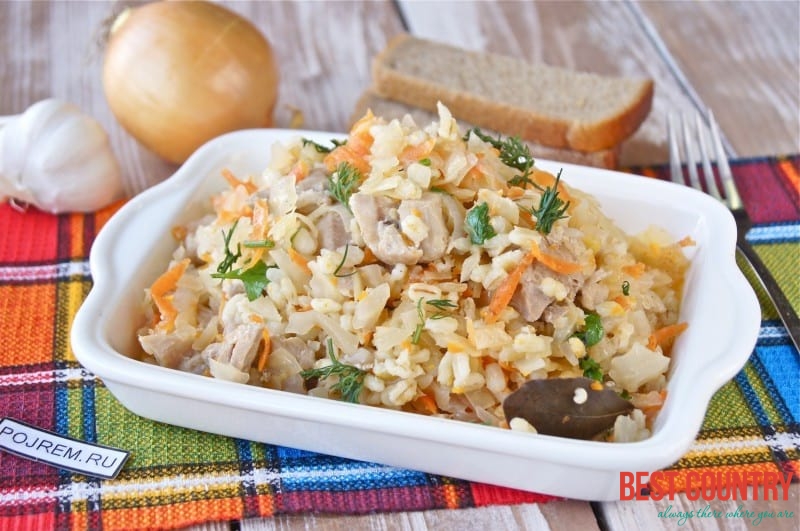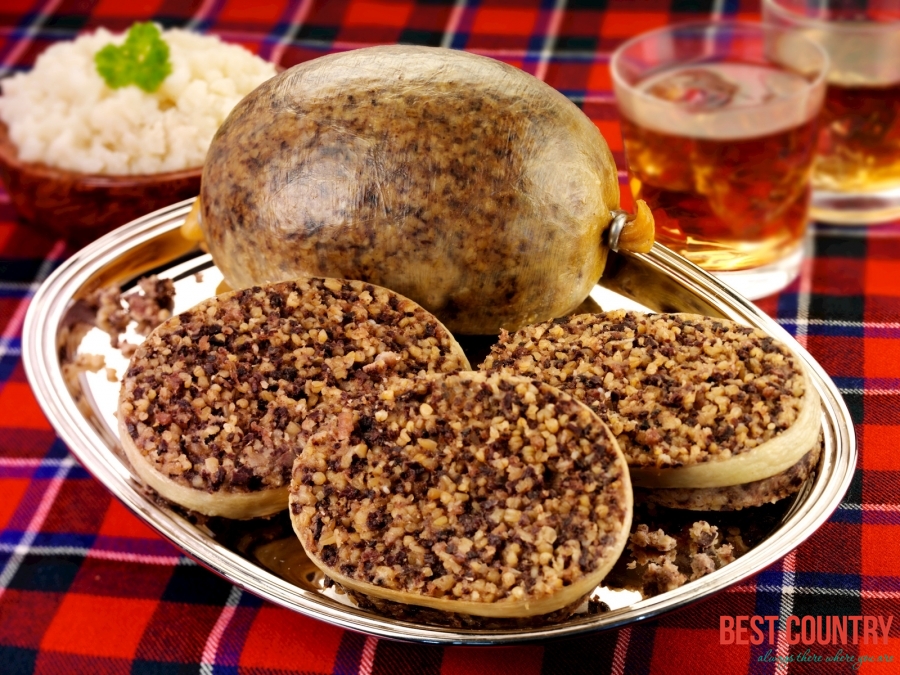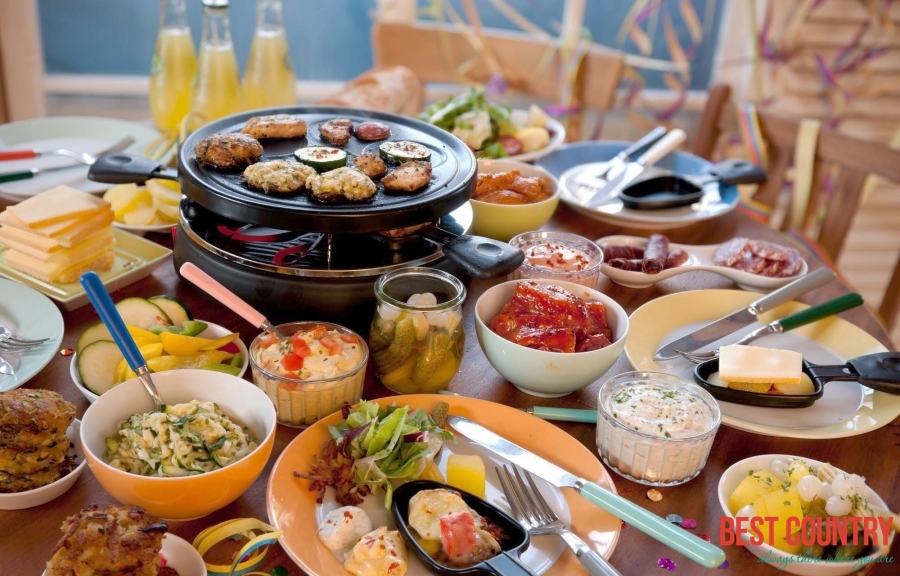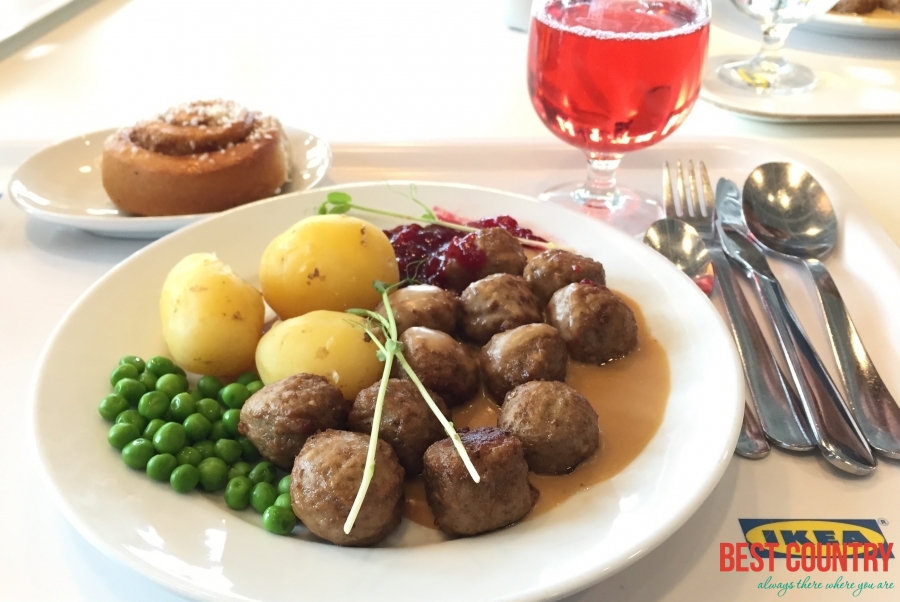International cuisine in different countries
Cuisine of Lesotho
Basotho(people of Lesotho) cuisine features African traditions and British influence. Lesotho is surrounded by South Africa and it shares culinary practices with its neighbor. Lesotho's food culture features potato, seafood, rice and vegetables.
Food in Ivory Coast
The food in Cote d’Ivoire reflects the cultural diversity of its population and especially its expatriate population. Italian, Vietnamese and Chinese food is becoming increasingly popular, while Senegalese and Moroccan cuisines are specialties.
Food in French Polynesia
French Polynesian food has become synonymous with fresh ingredients, exotic tropical fruits and vegetables and a variety of fish and sea food cooked in traditional Polynesian style with a bit of French style and flair thrown in for enhanced effect.
Fijian Cuisine
Everyone on vacation loves to try the local treats and Fijian cuisine is one that will excite your taste buds and your palate asking for more. You will enjoy all the various types of food in Fiji that are spread before you at the many restaurants whether they are local treats or international cuisine.
Tongan Cuisine
It is considered that the Tongan region has been inhabited since the 5th century BC. Traditional Tongan fare include many dishes such as suckling spit-roasted pig; fresh seafoods either raw or cooked in coconut milk such as fish, lobster, and octopus; and fresh tropical fruits. Many restaurants in Tonga often serve foods originating from Taiwanese, German, Italian, Indian and, Japanese cuisine, including a mix of tastes from neighboring island countries.
Solomon Island’s cuisine
The most probably moment that the Solomon Islands were discovered was about 5.000 years ago. Since then many people visited these lands and left their own mark over these Islands cuisine.
Cuisine of Mongolia
The traditional Mongolian Cuisine primarily consists of dairy products and meat. The nomads of Mongolia sustain their lives directly from the products of their animals (horses, cattle, yaks, camels, sheep, and goats).
Myanmar Food
Because Myanmar has diverse geographical features, favourable seasonal conditions and is naturally endowed with fertile soil and water resources, it boasts an abundant supply of food in a great variety all year around.
Nepal Food
The food of Nepal is as diverse as the country itself. The Nepalese recipes are quick to cook and good to eat. Nepalese food is famous for its nutrition level and tempting taste.
Faroese cuisine
Important parts of Faroese cuisine are lamb and fish, due to the proximity to the ocean. Traditional food from the Faroe Islands include skerpikjt (a type of dried mutton), seafood, whale meat, blubber, garnatlg, puffins, potatoes and few fresh vegetables.
Estonian cuisine
The different historical rulers of the region - Danes, Swedes, Germans and Russians - have influenced Estonian traditional cuisine over the centuries.Modern cuisine, eating habits, food, and ways of cooking are similar to those in other Nordic countries.
Traditional Scottish Cuisine
The signature dish of Scotland is undoubtedly Haggis, and impressive though it is, Scotland's kitchens have a whole lot more to offer. Traditional Scottish cuisine is based on local produce - oats for porridge and oatcake biscuits (bannocks), salted, or smoked meat and game. Fish is a staple and the city of Aberdeen has been known for its cured fish since the 13th Century.
Swiss Foods
Quality of ingredients and simplicity in preparation and serving of foods are typical of Swiss menus. There is stress on the importance of soups and many dishes made from cheese. Much bread is consumed and is a apart of all meals. Meats and fish are often expensive so are purchased and cooked with care, often extended with vegetables or cereal foods.
Swedish food & drink
Sweden is a culinary nation shaped by its countryside. The summer — with long, light days and cool evenings — produces fruit that grows slowly and has rich flavors. The coastline provides high-quality fish and shellfish. And the vast forests are full of berries, mushrooms and game, which all have a special place in Swedish cuisine.
